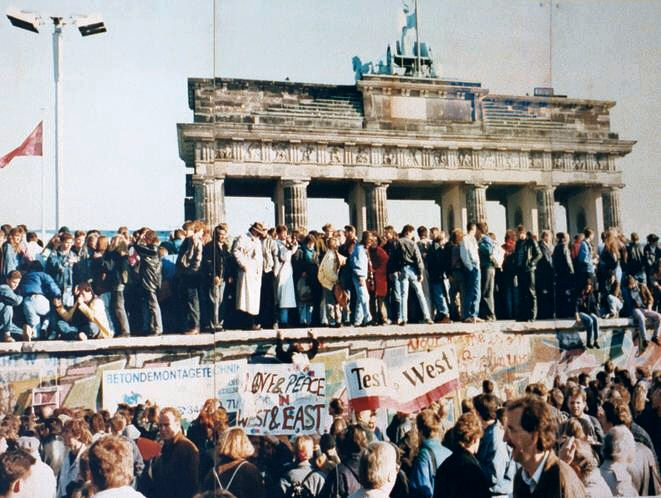As the dictator of the Soviet Union from the late 1920s until his death in 1953, Joseph Stalin established an iron grip over the USSR and made it a dominant global power. During World War II, Stalin led the Soviet Union as its premier guiding the nation through its immense hardships and eventual triumph over Nazi Germany.
Stalin’s authoritarian leadership was instrumental in mobilizing the Soviet economy and military to withstand and ultimately repel Hitler’s invasion. However, his methods were brutally oppressive, with Soviet victory achieved through immense sacrifice and suffering.
Stalin’s Rise to Power
After rising in the Bolshevik party following the 1917 Russian Revolution, Joseph Stalin outmaneuvered rivals to become the supreme leader of the newly formed Soviet Union by 1929.
Through tactics of assassination, exile, and imprisonment, Stalin eliminated threats and dissent against his increasing totalitarian control. Under the banner of his Five Year Plans, Stalin ruthlessly centralized power and forced rapid industrialization to transform the Soviet economy.
By the late 1930s, the USSR had progressed at immense human cost from an agrarian nation to an emerging industrial power producing more steel, coal, machinery and weapons than any European country.
Preparing for War
In August 1939, sensing war in Europe was imminent, Stalin shocked the world by agreeing to a non-aggression pact with Nazi Germany. This bought the USSR time to continue building up its military strength.
Stalin ignored growing signs of an impending German invasion, dismissing them as Western deceptions. But in June 1941 Operation Barbarossa launched with over 3 million German troops flooding into the Soviet Union by land and air across a 2,900 mile front.
Leading the USSR’s War Effort
With the eastern front now the central theater of World War II, Stalin enacted a scorched earth policy against the Nazi advance, demanding absolute resistance. “Not one step back” became the slogan. He implemented ruthless measures, executing retreating troops to harden discipline.
To catalyze industrial output, hundreds of factories were dismantled brick by brick and reassembled east of the Ural Mountains, out of Luftwaffe range. Evacuations of machinery and workers continued even as Germans approached Moscow in 1941.
Stalin personally oversaw generals, directed troop movements from Moscow, and consulted with Roosevelt and Churchill on joint strategy, becoming the public emblem of Soviet resilience. By 1943, improved Soviet tank and air technology turned the tide against Germany.
Soviet Victory and Expansion
In the epic 1943 Battle of Stalingrad, the Red Army surrounded and forced the surrender of over a quarter million Axis troops in the first big defeat of Hitler’s armies. The immense casualties and atrocities hardened attitudes.
From 1943-1945, the Red Army slowly advanced westward in grinding battles, eventually closing in on Berlin which finally fell in May 1945 after ferocious urban fighting. Germany’s unconditional surrender ended the war in Europe with Soviet forces occupying most of Eastern Europe.
Stalin led the USSR to consolidate this expanded sphere of control, absorbing some regions directly into the Soviet Union. The immense Soviet sacrifice, with over 10 million military dead and staggered civilian losses, was imprinted into national memory.
Stalin’s Controversial Legacy
Stalin’s legacy remains controversial. His leadership was likely pivotal in denying Hitler control of the USSR and its resources which could have swung the war. But the human costs of Stalin’s tactics inspire lasting condemnation.
He received immense popularity as the figurehead of victory and expanded Soviet power. But revelations after his death about internal crimes and failures dented his legitimacy. Debate continues on whether the USSR could have achieved victory under less oppressive leadership.
Joseph Stalin stands as a complex figure who led a slow developing Soviet Union through the most existential crisis in its history – a crisis Stalin himself did not adequately prepare for. His necessary wartime leadership rests uneasily with his regime’s great cruelty.
FAQs about Stalin in WWII
What years was Joseph Stalin leader of the USSR during WW2?
Stalin led the Soviet Union from before WW2 started in 1939 until victory in Europe in May 1945. He remained in power until his death in March 1953.
Was Stalin responsible for many deaths of Soviet citizens?
Yes, Stalin’s forced collectivization and political purges killed millions of Soviet civilians before WWII. His harsh policies against any retreat in WWII also led to mass casualties.
How did Stalin transform the Soviet economy before WWII?
Stalin forced rapid industrialization and a socialist command economy through a series of Five Year Plans starting in 1928, shifting the USSR from agrarianism to an industrial power.
Where was the Soviet Union’s capital moved to during WWII?
Moscow remained the political capital but major industries were evacuated east to the Urals region to protect war production from the German advance.
Did Stalin directly control Soviet military strategy in WWII?
Yes, Stalin took a hands-on approach, personally vetting commanders and directly advising on key Soviet campaigns, especially the defense of Moscow and Stalingrad.
Stalin’s iron grip over the USSR before and during WW2 forced an isolated nation into a major global power able to defeat Nazi Germany through immense exertion and sacrifice, yet at horrific costs that taint his complicated legacy.



